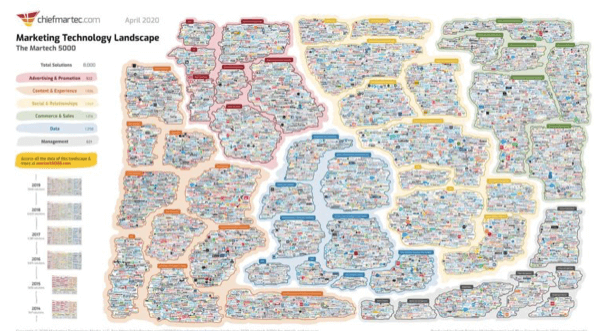How to survive and thrive with online commerce in 2020
blog
April 23, 2020Where people, processes, technology, and innovation come into play.
With worldwide guidelines in place to keep citizens safe and in their homes, online commerce has become a necessity. Manufacturing teams and retailers alike have looked to optimize their existing online strategies to deal with the Covid crisis. They are also seeking new, innovative distribution strategies to help sell products to those that need them. Identifying new channels and marketplaces is critical as teams look for ways to generate revenue anywhere they can find it.
Data from North American retailers show online purchasing was up an average of 56% over the same period in 2019, with some verticals showing an increase of 300% during the pandemic. Data released by ACI Worldwide shows most retail categories have seen a 74% increase in e-commerce in March compared to 2019.
Certain categories like home furnishings, do it yourself (DIY), and grocery are still growing.
With most brick and mortar retailers shuttered and manufacturing showrooms empty, how will retailers connect with their buyers? Clearly, e-commerce is the obvious answer. However, not all organizations are prepared to meet the increasing needs of today’s commerce. As with any change, it often comes down to people, processes, and technology that enable a new way of working to happen.
People:
Our people – the staff, partners, customers, and anyone else who makes up the team are most important. It’s not an easy task to ensure their safety and wellness during a pandemic, but brands will be long remembered for how they treated employees and partners during this time (for better or worse).
Compassion, transparency, and empathy are essential.
“People want the leader to project compassion and an understanding of how the situation is for those concerned, and to project the hope that together we can manage the crisis, even though we don’t know everything about the present situation,” said Arjen Boin.
Processes:
It’s essential to evaluate what is working effectively today and to understand what you can change to meet the changing demands and needs of tomorrow. Business plans and processes can be revised, just take a systematic approach to evaluate the pros and cons. However, the key to being agile is making smart decisions quickly and adjusting as needed. The process never stops as there is always room to optimize.
“Companies need to leverage a systematic approach to strengthen the resilience of their current business models to ensure their ongoing operation during COVID-19,” says Daniel Sun, VP Analyst, Gartner.
Technology:
There are no shortages of MarTech solutions. This week the infamous Marketing Technology Landscape Supergraphic was published with 8,000 solutions, an increase in 13.6% from 2019.
Whatever the industry, there are traditional technologies like CRM, PLM, and e-commerce platforms that enable the business. However, in today’s environment, foundational technologies include product information management (PIM) solutions to not only enable commerce but help organizations scale quickly to support evolving buyer needs and market demands.
What solutions are needed now in 2020? Where are teams going to focus their limited resources? What is essential to sell products today? inRiver has seen new customers and current customers using PIM and syndication technologies to innovate and help adjust to the “new normal.”
“It’s more important than ever to meet the needs of our customers and strengthen our digital channels,” said Henrik Ljung, CEO, Duxiana. “We are prioritizing this and investing in the inriver product information management solution now to help us deliver the best customer experience possible.”

This is a common thread from innovative retailers, manufacturers, and analysts alike. The online focus is here to stay. “Long-term, we and others in the industry predict that the shift in consumer behavior – opting for online purchases – is likely to outlast the crisis,” said Debbie Guerra, executive vice president of ACI Worldwide.
So, take a good look at what you have in place today to support business tomorrow. Look at the people, processes, and technology across your organization. The technology is the easy part – find a scalable, SaaS solution that can address immediate needs. But then, put in the time to evaluate the people and the processes needed to support new technologies and what impact they will have.
Businesses that survive in 2020 may very well come out stronger if they adapt. Listen to the Alfa Laval case study to learn how they found new ways to scale and speed time to value.
author
Erika Goldwater, CIPP
Director of Global Communications
Erika Goldwater is the director of global communications for inriver. An industry veteran, Erika lives and breathes B2B marketing, content, public relations, and data privacy. She's a Boston marketer who hails from Baltimore.
read more
